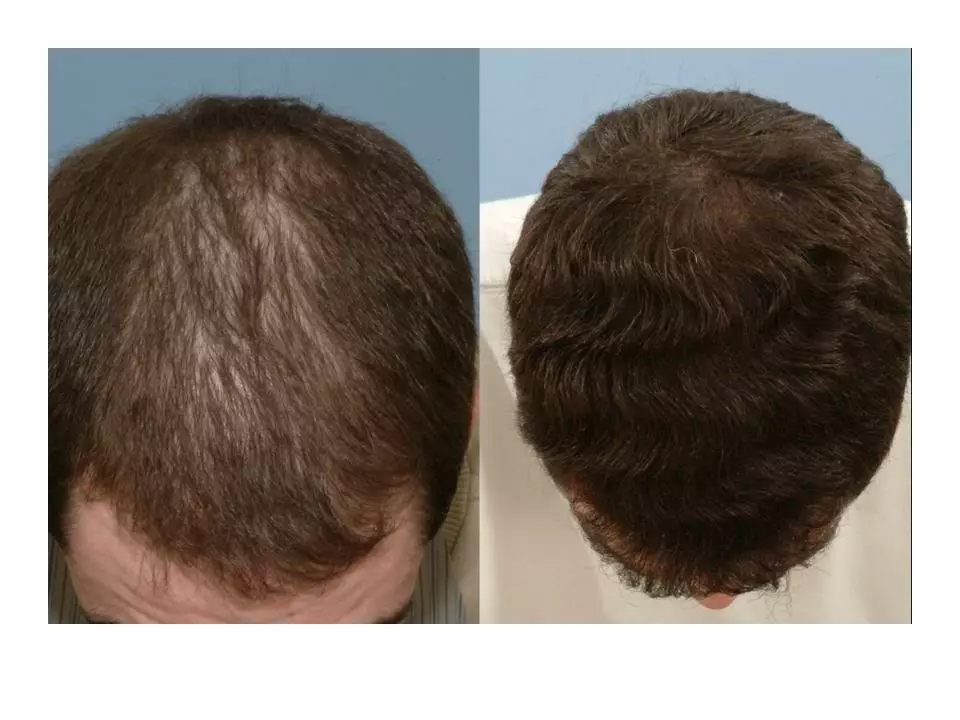Hair loss: causes, treatments and what actually helps
Hair falling out is normal up to a point, but sudden shedding or thinning feels alarming. You don’t need a miracle — you need clear steps. This page cuts through hype and gives simple, practical moves you can try today, plus signs that mean it’s time to get medical help.
Common causes you can check fast
Start with the obvious: stress and recent big life changes (illness, new meds, pregnancy) can trigger temporary shedding. Diet matters — low iron, low protein, or low vitamin D can show up as thinner hair. Hormones are another big one: women can notice thinning with postpartum changes, PCOS, or menopause; men often see a pattern linked to genetics. Also think hair care habits: tight braids, constant heat styling, and harsh chemical treatments cause breakage that looks like loss.
Spot the pattern: diffuse thinning across the scalp often points to nutritional or hormonal issues. A receding hairline or top-of-head thinning often signals male-pattern hair loss. Patchy bald spots could mean alopecia areata, which needs a doctor’s look.
Quick fixes and safe OTC options
Minoxidil (topical) is the most accessible option — available over the counter for both men and women. It won’t regrow a full head overnight, but many people see thicker hair after 3–6 months. Use it consistently and expect to keep using it to hold gains. For men, finasteride is a prescription pill that can stop progression and regrow hair for some — discuss side effects with your doctor. Be realistic: treatments take time and results vary.
Small, low-risk steps you can take now: switch to a gentle shampoo, limit heat styling, avoid tight hairstyles, and add a protein-rich meal or snack if your diet is low in protein. Scalp massage for a few minutes daily can help blood flow and feels good. Supplements like biotin only help if you’re deficient; zinc and iron can help when tests show low levels.
If you’re considering more aggressive choices, options include platelet-rich plasma (PRP), low-level laser therapy, or hair transplant surgery. These work for certain people but come with costs and realistic limits — talk to a hair specialist about expectations and timelines.
When to see a doctor: sudden heavy shedding, bleeding or pain on the scalp, large bald patches, or if over-the-counter treatments don’t help after 6 months. Ask your clinician for basic tests: CBC, ferritin (iron stores), thyroid (TSH), and hormone checks if relevant. A dermatologist can offer targeted therapies and a clear diagnosis.
Hair loss is frustrating, but small, steady changes often matter most. Try the low-risk fixes, track what improves, and get medical help if things are fast, patchy, or painful. You don’t have to guess — testing and a short plan will show the next best steps.
The Science Behind Finasteride: How it Works to Treat Hair Loss
As a blogger, I've recently delved into the science behind Finasteride, a popular treatment for hair loss. It turns out that this medication works by blocking the conversion of testosterone to dihydrotestosterone (DHT), which is the hormone responsible for shrinking hair follicles. By doing so, Finasteride not only stops further hair loss but also promotes the growth of new, healthy hair. Of course, it's important to consult with a doctor before starting any treatment, but it's fascinating to learn about the science that helps so many people regain their confidence. In summary, Finasteride combats hair loss by targeting the hormone responsible for it and promoting new hair growth.

